Ceramic Application to High Temperature Furnaces as Refractory Materials
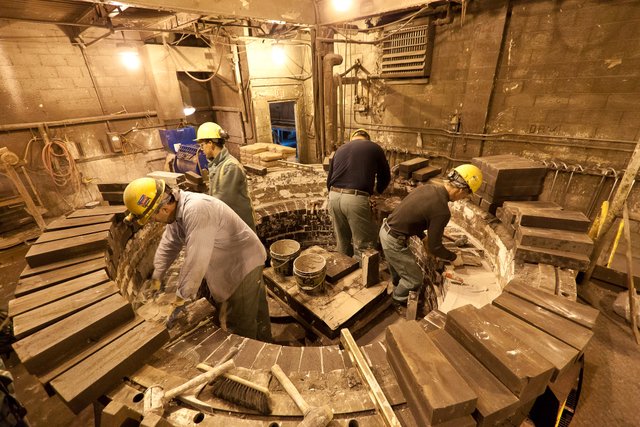
"Ceramic Application to High Temperature Furnaces as Refractory Material and its Physical Properties"
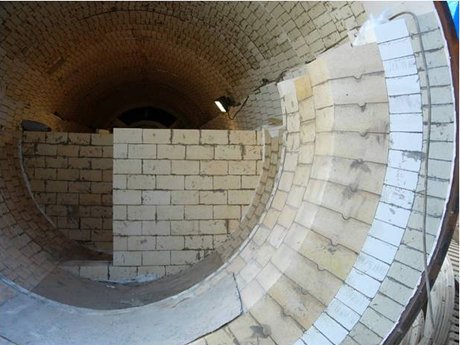
One of the most important components in ceramic and steel industries is refractory. These materials played a significant role in industrial manufacturing process of ceramic products, especially tiles and cement as the costs of the resulting products may vary significantly depending on the efficiency of the refractories used. Technically, refractories are used to isolate the high temperature which is applied to the subjected ceramic bodies for manufacturing of ceramic products. Therefore, the energy applied during the firing process is conserved by refractory materials.
Refractory materials are primarily installed to minimize the heat loss during the heating process in the reaction chamber or furnaces. For example in steelmaking industries, a temperature of as high as 1600 degrees centigrade is required to produce high quality steels. On the other hand, ceramic industries also require high temperature to primarily produce durable materials and also to isolate reactive chemical during phase change. Since then, the demands for high quality refractories have also increased.
Because of this, the cost and the quality of the products may significantly be influenced by the efficiency and durability of the refractory materials. Since these materials are constantly subjected to high temperature environment as well as excessive reduction of heat then the materials should not just withstand very high temperature but should also possessed the ability to be not affected by deformation and thermal shocking under harsh thermal condition.
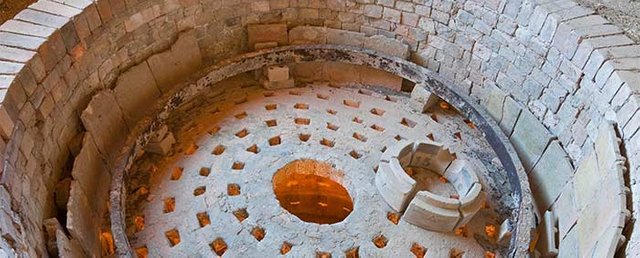
Therefore the biggest challenge is to produce high quality refractory materials with cheaper raw material component and manufacturing cost. But before that, what is refractory? According to sources,
Refractories are materials that provide linings for high-temperature furnaces and other processing units. Refractories must be able to withstand physical wear, high temperatures above 538 degrees Celsius or 1000 degrees Fahrenheit without softening or deformation in shape and corrosion by chemical agents.
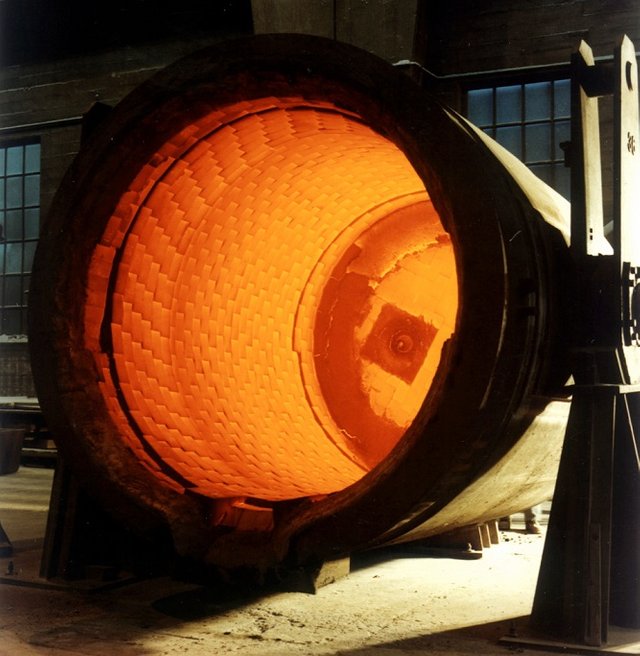
Generally, refractories are installed in high-temperature furnaces to maintain the high temperature inside the chamber and minimize possible heat loss. Moreover, it is there to resist the abrasive and corrosive reaction of molten metals, slags and gases during the heating process. And to summarize refractory requirements above, the refractory materials should be able to withstand; 1) high temperature, 2) sudden change of temperature, 3) load at service condition and 4) chemical and abrasive action of phases. Furthermore, refractory materials should not react and not contaminate the products with which it is in contact.
There are more than one phase present during heating process in different industries. And since refractory materials are applied and used in various industries, hence various types of refractory materials with specific properties are designed and produced accordingly with the particular requirements of individual industries. There are various physical properties to be considered in producing and choosing good refractory material. Such physical properties which need to be considered are refractoriness, strength, thermal spalling, dimensional stability, porosity, and thermal conductivity.
Refractoriness is the property of refractory material to withstand deformation and unstiffening at high temperature under its own load. The refractoriness of refractory materials is determined by pyrometric cone equivalent or PCE and the temperature applied should be higher than the application temperature.
Strength of a refractory material or refractoriness under load is also important. It is the physical property of refractory material to resist compressive loads, tension and shear stress inside chamber especially in tall furnaces where the refractory has to primarily support the heavy load of fired products. Therefore, it is also important to consider the refractoriness of the material at high temperature under heavy load.
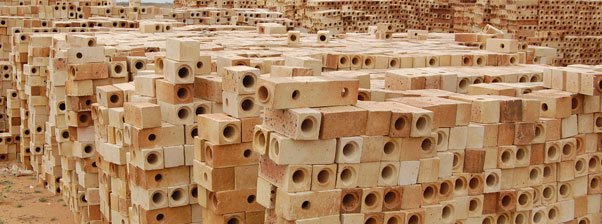
Thermal Spalling is the property of refractory materials associated with breaking, cracking or peeling off under high temperature. Fracture and failure of refractory materials with respect to his property may be caused by simultaneous and rapid change in temperature resulting to uneven expansion and contraction of refractory material.
Dimensional Stability is the resistance of a refractory material to any volume changes with respect to high temperature over a long period of time. During this phase, two alterations might be developed; reversible or irreversible dimensional changes.
Porosity determines the open space of the raw materials’ volume which also influences slag permeability. The porosity of refractory materials affects chemical reaction during heating process. Reduction of this open space will increase refractory strength but might also affect its thermal conductivity.
Thermal Conductivity is the primary property refractory materials possessed. It is influenced by the raw material components of refractory as well as its porosity. However, porosity is inversely proportional to the strength and refractoriness of refractory which might significantly affect cost and quality of high-temperature treated materials.
THANK YOU FOR TAKING THE TIME TO READ MY POST
A Quick Overview of Ceramic Glaze to Ceramic Products
Electric Mosquito Net with Silica Fabric (Ceramic) Insulator
Don't Miss This Year's Orionid Meteor Shower!
The Natural Occurrence of Clayey Raw Minerals
References:
LECTURE 9 Refractory Materials pdf
Refractory Manufacturing pdf
Introduction to Ceramics, Glass and Refractories by Dr. Kassim Al-Joubory

Nice
This brings back to my memory an old master project where I had to model and compute the heat exchanges occurring in a rotary kiln for a cement factory. Cement is not ceramics, but the kiln looks very similar :)
Ohh cement industries do use refractories in their continuous rotary kilns. Actually, cement is ceramics because it is primarily made of limestone and clay :)
Magaling may natutunan n naman ako. Power! :D
Salamat ups! :)
Upvoted. I'll be resteeming this now :)
Thank you :)
https://steemit.com/steemstem/@light-o-trix/defense-strategy-and-capabilities-development-across-the-globe-is-it-a-threat-for-the-human-race